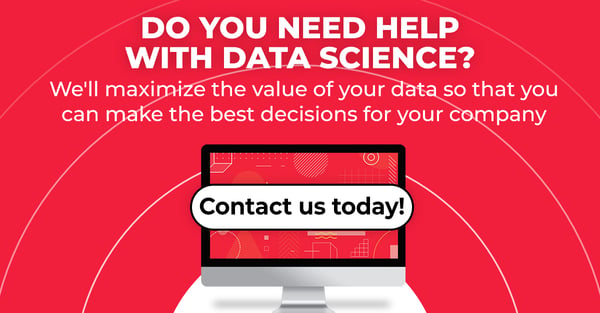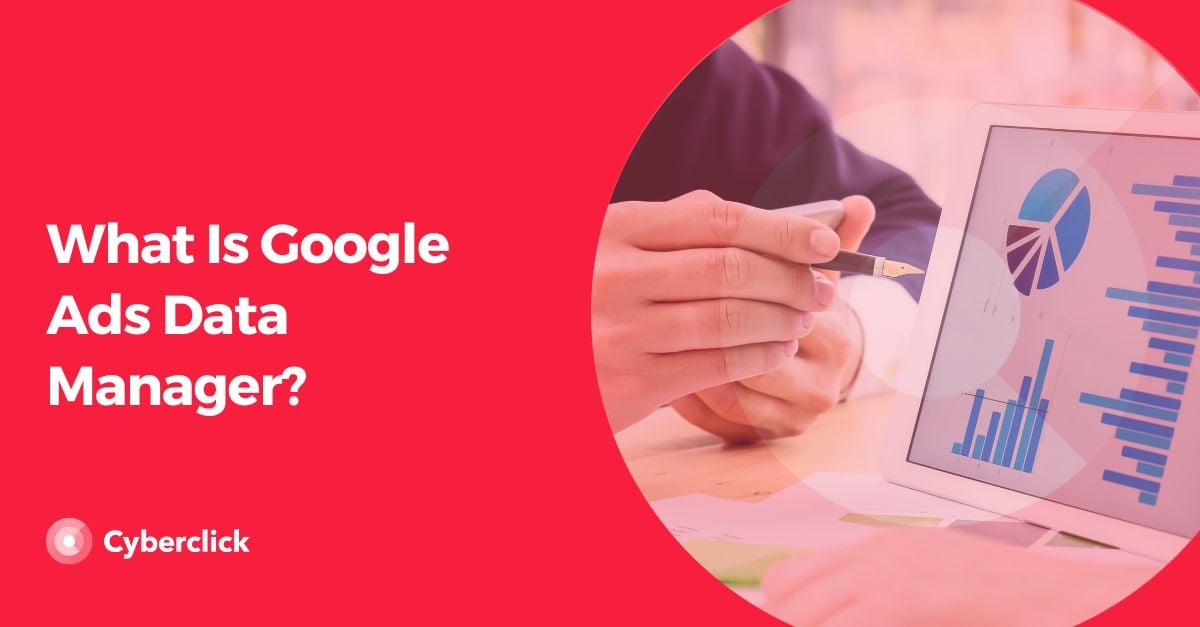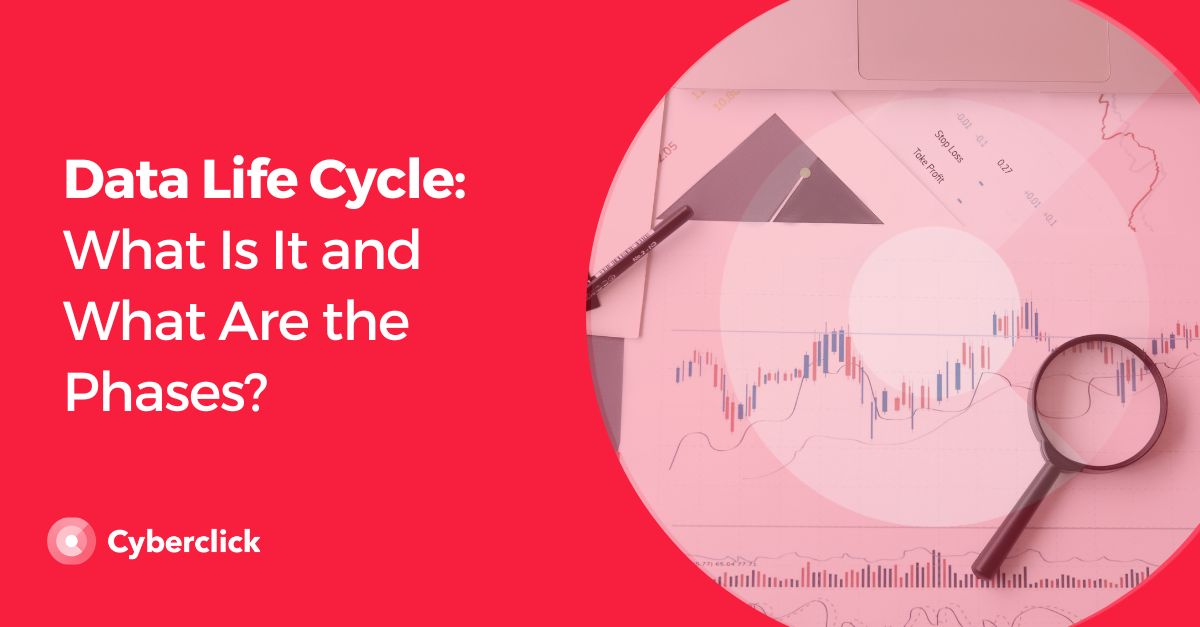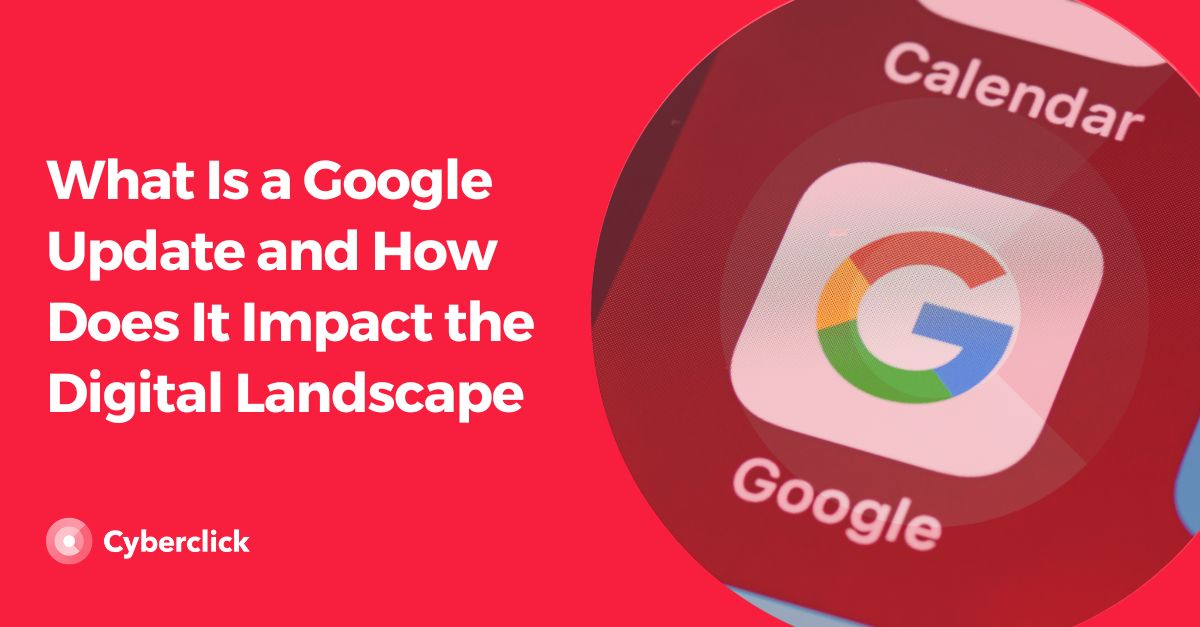Data cleansing, also known as data scrubbing or data purification, is the process of identifying and correcting or removing inaccurate, incomplete, or irrelevant data from a dataset. This process is essential for ensuring the quality and reliability of the information you use to fuel your marketing strategies, as it helps to eliminate errors, improve data integrity, and increase the overall effectiveness of your campaigns.
Why Is Data Cleansing Crucial for Marketers?
In the ever-evolving field of digital marketing, data has become the lifeblood of modern marketing. However, raw data can often be riddled with inconsistencies, inaccuracies, and irrelevant information, hampering your ability to make informed decisions. This is where data cleansing comes into play, an often overlooked yet crucial process that can transform your marketing efforts and drive remarkable results.
Poor data quality can lead to a range of issues, including:
-
Inaccurate customer insights: Inaccurate or incomplete customer data can result in flawed buyer personas, inaccurate targeting, and ineffective marketing messaging.
-
Inefficient marketing campaigns: Dirty data can lead to wasted resources, as you may be targeting the wrong audience or delivering irrelevant content.
-
Missed opportunities: Without clean, accurate data, you may be overlooking valuable insights and opportunities that could significantly impact your marketing performance.
-
Compliance and legal issues: Poorly managed customer data can also lead to compliance and legal issues, such as violations of data privacy regulations like the General Data Protection Regulation (GDPR) or the California Consumer Privacy Act (CCPA).
By implementing data cleansing practices, you can overcome these challenges and unlock the true potential of your data.
The Data Cleansing Process: A Step-by-Step Guide
Effective data cleansing involves a systematic approach to identifying, addressing, and maintaining the quality of your data. Here's a step-by-step guide to help you get started.
-
Identify the data sources: Begin by identifying all the sources of data you collect and use in your marketing efforts, such as customer relationship management (CRM) systems, email lists, website analytics, and social media platforms.
-
Assess data quality: Evaluate the quality of your data by examining it for common issues, such as missing values, duplicate entries, inconsistent formatting, and inaccuracies.
-
Standardize data formats: make sure that all your data is in a consistent format, with consistent naming conventions, abbreviations, and units of measurement.
-
Detect and remove duplicates: Identify and remove any duplicate entries in your data to avoid skewing your analysis and decision-making.
-
Correct inaccuracies: Address any errors or inconsistencies in your data, such as misspellings, incorrect contact information, or outdated details.
-
Enrich data: Consider adding supplementary information to your dataset to enhance its value, such as demographic data, behavioral insights, or industry-specific attributes.
-
Implement data validation: Establish ongoing processes to validate the quality of your data, such as regular data audits, automated checks, and data governance policies.
-
Maintain data quality: Continuously monitor and maintain the quality of your data by regularly repeating the data cleansing process and implementing data quality control measures.
By following these steps, you can be sure that your marketing data is accurate, consistent, and complete, enabling you to make more informed decisions and deliver more effective campaigns.
The Benefits of Data Cleansing for Marketers
Implementing a robust data cleansing process can have a transformative impact on your marketing efforts. Let's take a look at some of these.
Improved Customer Targeting
Clean, accurate data allows you to create more precise and targeted customer profiles, enabling you to reach the right audience with the right message at the right time.
Improved Campaign Performance
By eliminating errors and inconsistencies in your data, you can improve the accuracy of your analytics, leading to more effective campaign planning, execution, and optimization.
Increased Marketing ROI
Cleaner data and more accurate insights can help you allocate your marketing resources more efficiently, reducing waste and improving the overall return on investment (ROI) of your campaigns.
Better Decision-Making
With high-quality data at your fingertips, you can make more informed, data-driven decisions that align with your business objectives and target audience.
Better Compliance and Data Governance
Effective data cleansing can help you maintain compliance with data privacy regulations, mitigating the risk of legal issues and reputational damage.
Streamlined Marketing Operations
By automating data cleansing processes and establishing consistent data management practices, you can streamline your marketing operations, freeing up time and resources for other strategic initiatives.
Graduado en Telecomunicaciones y Doctor en Fotónica por el Instituto de Ciencias Fotónicas. Cuenta con más de 5 años de experiencia trabajando con Google Ads y Google Analytics, gestionando estrategias de SEM y todo tipo de campañas a través del embudo, desde búsqueda hasta Youtube.
Graduated with a degree in telecommunications and holds a PhD in photonics from the Institute of Photonic Sciences. He has more than 5 years of experience working with Google Ads and Google Analytics, managing SEM, and all campaigns type across the funnel from search to Youtube.







Leave your comment and join the conversation